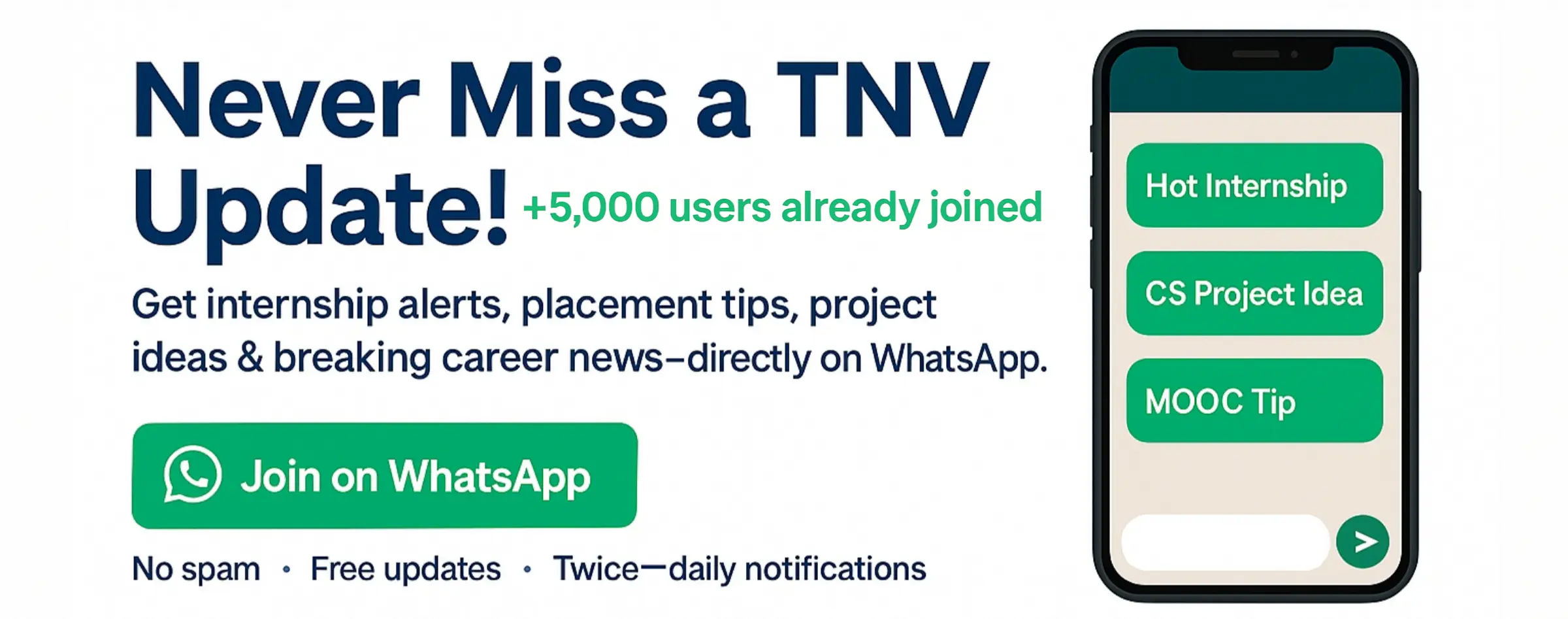Learning to code is one of the most valuable skills in today’s digital world. But for beginners, choosing the right language can be confusing. If you’re asking yourself, “Which programming language should I start with?” — you’re in the right place.
This detailed guide will help you explore the easiest programming languages to learn in 2025, why they are beginner-friendly, and how you can start learning them today, even if you have no technical background.
Why Choosing the Right Language Matters for Beginners
The programming world is huge, and not all languages are easy to learn for first-timers. Choosing the right language can:
- Save you time and reduce frustration
- Help you build projects faster
- Boost your confidence as a new coder
- Open doors to jobs, freelancing, or hobby projects
A simple language means fewer errors, faster progress, and more fun. It allows you to build real projects without needing to understand everything all at once. This early success keeps you motivated and makes it easier to move on to more advanced concepts later.
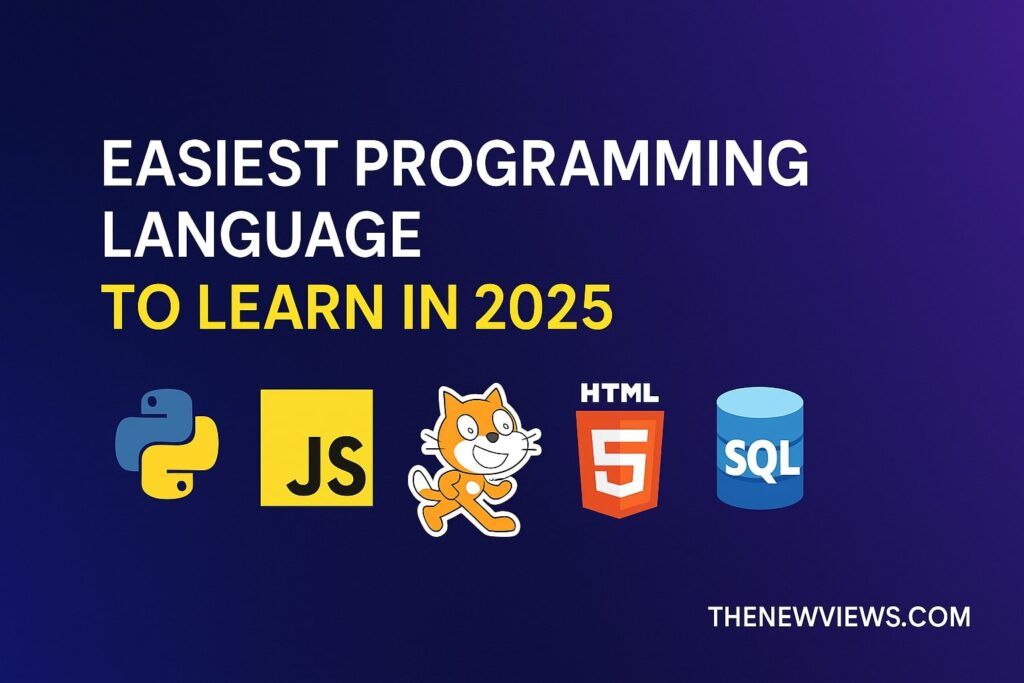
What Makes a Programming Language Easy to Learn?
Before jumping into the list, here’s what we mean by an “easy” programming language:
| Feature | What It Means |
|---|---|
| Simple Syntax | The language reads like English and avoids confusing rules |
| High Readability | Code is clean and easy to understand, even for non-programmers |
| Community Support | Plenty of online tutorials, forums, and learning resources |
| Instant Feedback | You can quickly see the result of the code you write |
| Beginner Tools | Tools and platforms exist to help beginners practice easily |
| Real-World Applications | You can use the language in web, data, app, or game development |
Top 5 Easiest Programming Languages to Learn in 2025
Here are the easiest languages you can learn this year, whether you’re a student, career switcher, or hobbyist. Each one is simple to understand, widely used, and supported by tons of learning resources. Let’s explore them one by one.
1. Python – Best Language for Beginners
Python is the most popular language for beginners—and for good reason. Its code is easy to read, requires fewer lines, and works well for almost anything: automation, web apps, data science, and even AI. If you’re just starting, Python is a smart and safe choice.
It also has a massive community, free learning platforms, and strong job opportunities. Whether you want to build simple scripts or big projects, Python makes it easy to get started.
Why Python is easy to learn:
- Clean and simple syntax (code looks like English)
- No need to declare data types
- Works on almost any computer
- Tons of free tutorials and courses online
Sample Code Of Python:
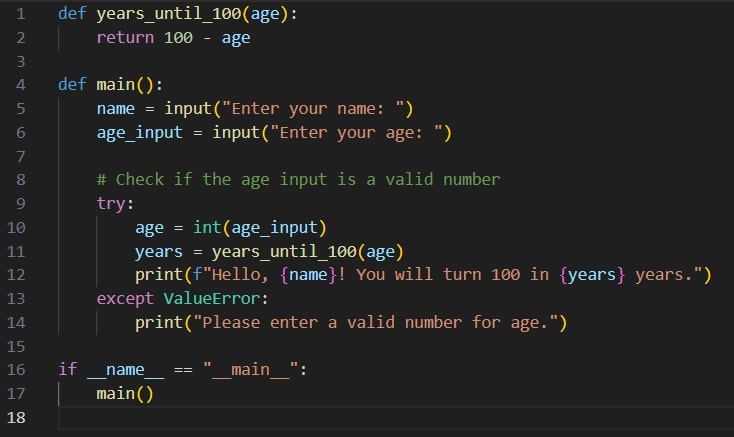
2. JavaScript – For Making Websites Interactive
JavaScript is the language of the web. If you want to build websites that react to users—like popups, forms, or animations—JavaScript is a must. It runs directly in the browser, so you don’t need to install any software to get started.
Even though it’s powerful, JavaScript is easy for beginners when you start with small scripts. It’s perfect for frontend development and pairs well with HTML and CSS.
Why JavaScript is beginner-friendly:
- Runs in any web browser
- Instant feedback (see results as you code)
- Easy to add interactivity to web pages
- Massive support from tutorials and tools
Example Code
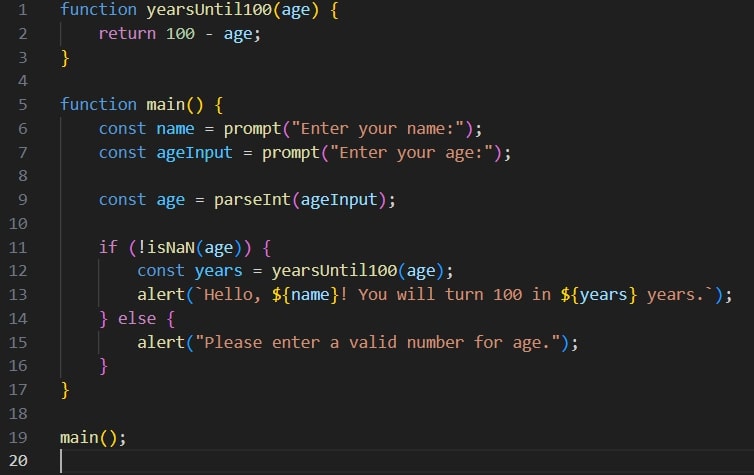
3. Scratch – Visual Programming Made Fun
Scratch is ideal for complete beginners, especially young learners or those who prefer visuals over text. It lets you build games, animations, and stories by dragging and dropping blocks—no typing needed.
It teaches the core logic of coding like loops, conditions, and events without worrying about symbols or errors. It’s a great first step into the programming world.
Why Scratch is easy to start with:
- No coding or typing—just drag and drop
- Great for kids and visual learners
- Fun and interactive interface
- Helps build logic and creativity
Example:
Go to scratch.mit.edu, drag a block that says:
“When green flag clicked → Move 10 steps”
and run it—you’ve just written your first program!

4. HTML & CSS – Build Your First Web Page
HTML and CSS are the foundation of every website. HTML adds content like text and images, and CSS styles it with colors, fonts, and layouts. They’re not traditional programming languages but are perfect for beginners who want to build websites.
You can start by creating a personal blog, resume site, or landing page—and all you need is a browser and a text editor.
Why HTML & CSS are great for beginners:
- No programming background required
- Easy to see results instantly in the browser
- Perfect for frontend development
- Lots of free templates and guides
Example Code
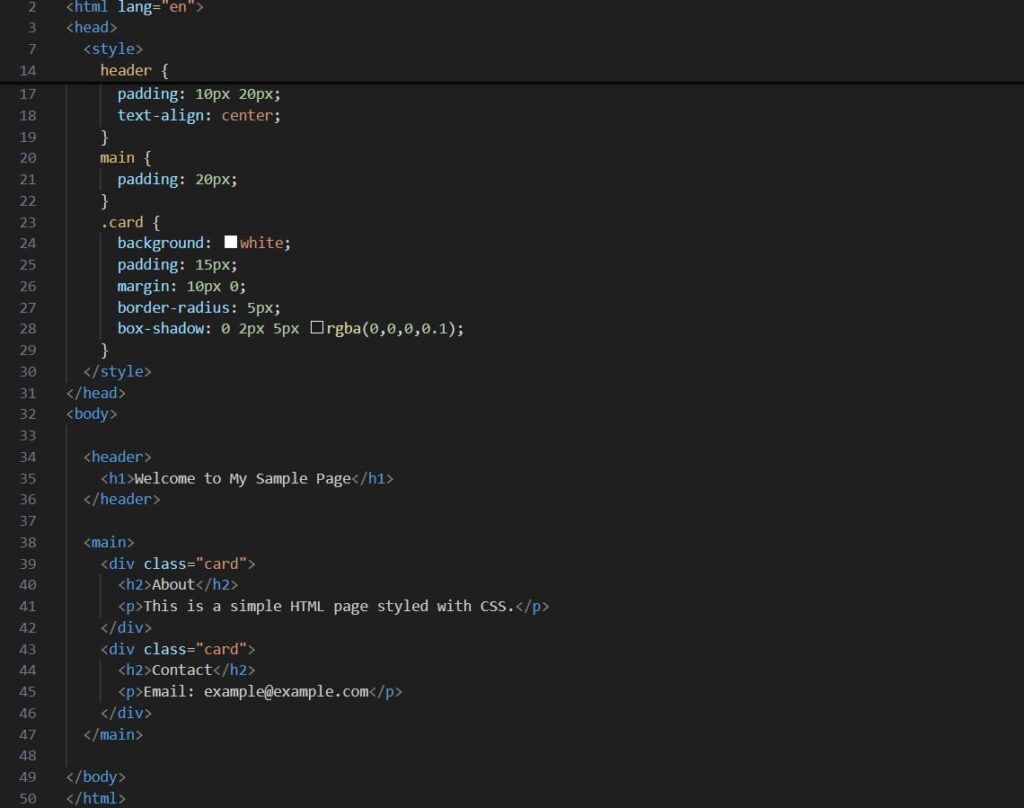
5. SQL – Simple Language for Data
SQL (Structured Query Language) is used to talk to databases. It uses simple English-like commands to add, search, or filter data. If you’re interested in data analysis, reports, or backend development, SQL is a great first step.
Unlike full programming languages, SQL is very focused—it helps you get the exact data you want, quickly and clearly.
Why SQL is a beginner-friendly option:
- Very readable and close to English
- Great for data-related roles
- Works with tools like Excel, Power BI, and Python
- Widely used in companies
Example Code
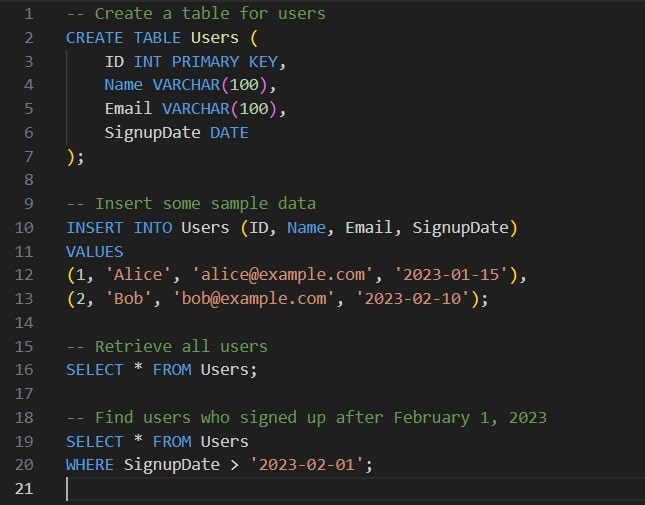
Whether you choose Python for its simplicity, JavaScript for web interactivity, or Scratch for visual learning, these beginner-friendly languages will help you build real skills.
Comparison Table: Easiest Programming Languages for Beginners
Still unsure which language to start with? This comparison table breaks down the top 5 beginner-friendly programming languages based on key factors like ease of use, platform compatibility, types of projects, and community support.
| Language | Best For | Difficulty Level | Setup Needed | Output Type |
|---|---|---|---|---|
| Python | General coding | Very Easy | Minimal | Text/Console |
| JavaScript | Web development | Easy | None | Web page/browser |
| Scratch | Kids/Starters | Beginner | None | Visual |
| HTML & CSS | Web design | Very Easy | None | Browser View |
| SQL | Data analysis | Easy | Some setup | Table/Data View |
Other Popular Programming Languages – Quick Overview
Apart from the beginner-friendly languages we discussed, here are some other commonly used programming languages you may come across as you grow:
| Language | What It’s Used For |
|---|---|
| Java | Android apps, large systems, enterprise software |
| C | System programming, embedded devices |
| C++ | High-performance apps, game development |
| C# | Windows apps, Unity games |
| Swift | iOS/macOS apps |
| Kotlin | Modern Android development |
| PHP | Server-side web development |
| SQL | Working with databases and reports |
| R | Statistics and data analysis |
| Go (Golang) | Fast web servers and microservices |
| Ruby | Web apps with Ruby on Rails |
| TypeScript | Safer JavaScript for large projects |
| Rust | Fast and secure systems programming |
| Dart | Mobile apps using Flutter |
| HTML/CSS | Web page structure and styling (not full programming languages) |
These are not always ideal for absolute beginners, but they are powerful as you move forward in your programming journey.
FAQs – Beginner Programming Languages in 2025
Q1. Which is the easiest language to learn first?
Python is the easiest and most versatile, perfect for general-purpose coding.
Q2. Is HTML a programming language?
Technically no — it’s a markup language, but it’s the starting point for web design.
Q3. Can I learn coding without a technical background?
Yes, millions of people learn to code from scratch using free and beginner-friendly resources.
Q4. How long does it take to learn a programming language?
With daily practice, you can learn the basics in 1–3 months.
Q5. Do I need a powerful computer to learn coding?
No, most beginner tools work on any browser or basic laptop.
Q6. Which language should school students learn first?
Start with Scratch or Python, then move to JavaScript and HTML.
Q7. Are certifications required to become a developer?
Not necessary. Projects and hands-on skills matter more than certificates.
Final Thoughts
The easiest programming language depends on your goals. If you’re new, want simplicity, and aim to build useful things fast, Python is your best bet. For visual learners and kids, Scratch is fun and engaging. If you want to design websites, HTML/CSS and JavaScript are the way to go.
Whichever language you pick, the key is consistency, curiosity, and practice. The more you build, the better you’ll get.
Stay tuned to Thenewviews.com for beginner guides, internship alerts, and trending programming updates.
